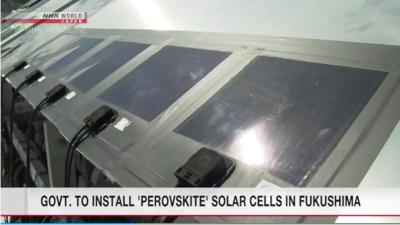Researchers achieve 42 % indoor efficiency in wide-bandgap perovskite solar cells through optimized interfacial passivation and carrier transport
Researchers from Ming Chi University of Technology, National Taiwan University of Science and Technology and Chang Gung University have explored the effect of self-assembled monolayers (SAMs), readily deposited via spin-coating, on defect passivation in sol–gel NiOx for perovskite solar cells (PSCs).
The team explained that while mixed-halide PSCs are highly attractive for indoor light-harvesting applications (thanks to their tunable bandgap and low-cost fabrication), achieving efficient carrier transport and defect passivation at the critical nickel oxide (NiOx)/perovskite interface, particularly under low light conditions, remains a challenge. Self-assembled monolayers (SAMs) offer a promising solution by introducing a tailored interface that promotes perovskite growth, suppresses non-radiative recombination, and facilitates efficient carrier transport.









